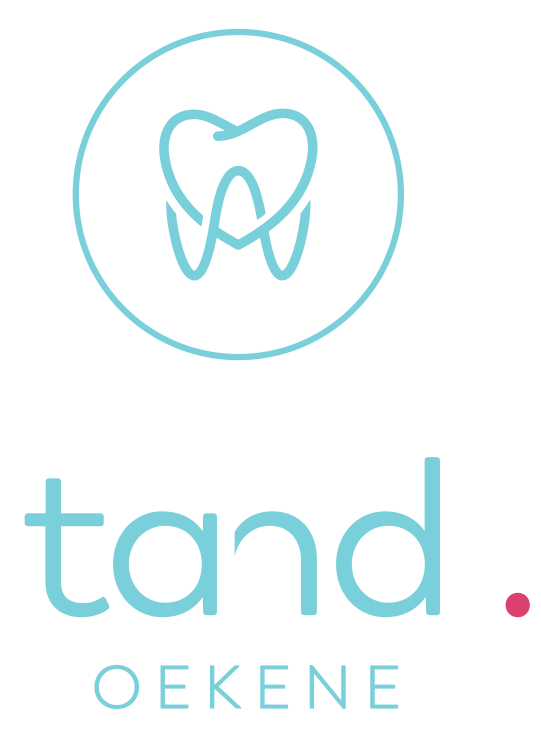
You’ll find fully equipped kitchens, comfortable common areas, and living spaces separated by gender. That depends on your needs, but most treatment programs range from three to six months or longer. We’ll provide you with education and job training; you can even complete your TASC (Test Assessing Secondary Completion), a high-school equivalency test that has replaced the GED. You’ll also have the opportunity to participate in arts and fitness programs to enrich your life and health—in treatment and beyond.
- On hundred and eighty-three (nearly 15%) of these patients were also residing in the outpatient clinic’s recovery house.
- Because everyone’s needs are different, we provide a wide range of residential programs for New Yorkers of all ages—teens and young adults to senior citizens.
- NARR utilizes evidence-based standards and ethical guidelines to assist dozens of state affiliates in certifying and managing recovery residences across the continuum of care.
- In other words, younger adults may have made up the majority of residents because as a group they had more flexibility to live in a recovery residence than their older peers who may have had families they were supporting and jobs that made living in a recovery residence more challenging.
- In this study, researchers found that people engaged in an outpatient addiction treatment program who also elected to live in recovery housing were more likely to be younger, female, and have greater history of treatment utilization.
A Primer on Recovery Residences: FAQs from the National Association of Recovery Residences

This aligns with previous research showing this is a key determinant when individuals are deciding whether to live in recovery housing. This is also consistent with research on other recovery support services, where Twelve-Step Facilitation has been shown to produce better results than Cognitive-Behavioral Therapy and Motivational Enhancement Therapy for people with more drinkers in their social network. These folks with riskier social networks and environments may need/benefit more from structured, supportive spaces and people.
Recovery Community Centers
Based on the design of this study, it can’t be known if living in the sober house led in a causal way to people staying in outpatient care longer. Recovery residences are designed to be safe and supportive living environments that encourage recovery from substance use disorder and related problems. Recovery residences offer peer-based support for long-term recovery, often require a goal of abstinence, and some residences integrate professional support as well. There is a growing body of research showing recovery residencies are empirically supported continuing care options for substance use disorder. This is an important knowledge gap to address because understanding how recovery houses may support or hinder formal treatment engagement would inform provider and patient decision making around these recovery resources.
Peer Review & Accountability
When you arrive, we’ll give you a medical exam and create a personal health care program for you. We’ll also provide you with on-site licensed medical and dental services throughout your time with us. NARR emphasizes ethical practices in the management and operation of recovery residences, advocating for integrity, fairness, and respect for all residents.
Residential Treatment
- With decades of collective experience in shaping policies, enhancing community support, and pioneering innovative recovery solutions, they embody a shared vision of empowerment and transformative care.
- Also, among recovery residence members, more 12-step mutual-help participation and lower levels of drinking and drug use in one’s social network predict better substance use outcomes and lower likelihood of arrest over time.
- That depends on your needs, but most treatment programs range from three to six months or longer.
- Also, those living in the recovery residence were more likely to be younger, i.e., being in the less than 29 age-group, versus 30–39 or 40+ age categories.
- The views expressed in written conference materials or publications and by speakers and moderators do not necessarily reflect the official policies of the Department of Health and Human Services; nor does mention of trade names, commercial practices, or organizations imply endorsement by the U.S.
Greater understanding of how recovery residences link people to other services can inform public health recommendations and recovery residence standards. This study examined people in treatment to examine predictors of living in recovery housing, and whether living in these venues equals boosted treatment retention. Of the 980 clients who received services at the outpatient treatment program during the study period, about two-thirds of clients were men (65%), non-Hispanic White (87%), age 30 or older (68%), and had some sort of postsecondary education (89%). Forty-four percent of the sample had both alcohol and drug diagnoses in their records, and about half (52%) had more than two different types of diagnoses. The majority received only one episode of treatment (84%) at a single location (70%) and received an average number of 2.9 services per treatment episode.
What Is Sober Living?

Recovery house residents were found to be more likely to have what the researchers termed ‘satisfactory discharge from treatment’. In other words, they were more likely to finish up treatment at a time deemed appropriate by their providers, rather than leaving outpatient care against clinical advice. NARR commits to upholding high operational standards for recovery residences, ensuring safe, healthy, and effective living environments that facilitate personal growth and recovery. NARR prioritizes educating providers, residents, and the broader community about the recovery process, the role of recovery residences, and the importance of standards to enhance support for recovery journeys. At NARR, we take pride in fostering a network of affiliates and providers that exemplify the highest standards of recovery care.
Recovery residences support individuals by providing a safe living environment and readily available community of recovery-related social support. We’re here to help you make a smooth transition from treatment to a lifetime of independent living. After you complete your treatment program, you can count on us for ongoing counseling and support through our Outpatient Services center in the Bronx, as well as peer support and mentoring through our Recovery Network.
Those in recovery housing were on average in outpatient treatment 156.3 days while those receiving only outpatient treatment were in treatment 76.4 days, a statistically significant and substantial difference. Additionally, the patients living in recovery housing were also two times more likely to have a satisfactory discharge from the outpatient treatment, meaning staff felt were ready to finish the outpatient program when they left, versus leaving the program against clinical advice. NARR utilizes evidence-based standards and ethical guidelines to assist dozens of state affiliates in certifying and managing recovery residences across the continuum of care.
- The researchers obtained de-identified patient records for individuals admitted to the treatment program between January 2017 and December 2018.
- Recovery housing residents felt the structure and accountability, opportunity to learn coping and recovery skills, and access to social and emotional support from peers were most helpful.
- Based on the design of this study, it can’t be known if living in the sober house led in a causal way to people staying in outpatient care longer.
- The road to recovery is not always easy, but the journey has changed the lives of thousands of New Yorkers like you.
- They serve individuals that are currently receiving outpatient SUD services or are enrolled in recovery services.
